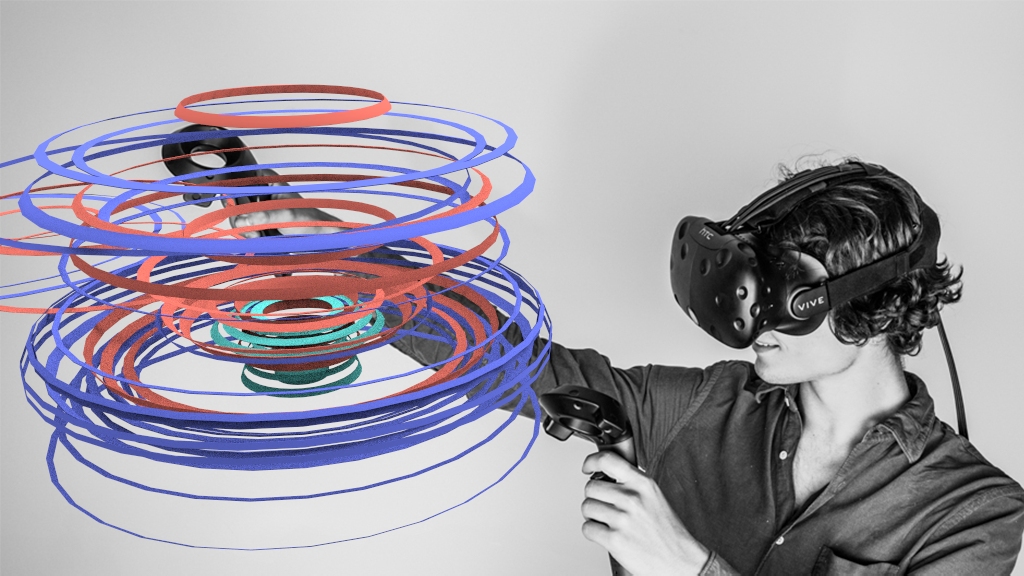If you’ve been to any conferences where architects present about the future, you’ve likely seen a video about virtual reality design. In this video, an architect puts on a headset, picks up a set of controllers, and finds herself transported into a virtual reality landscape. Using her hands, she moves walls around with a flick of her wrist, changes window shapes by swiping, and pulls a whole building out of the air.
For as long as virtual reality has been around, it seems, architects and designers have dreamed of using the technology to draft their projects without the use of a 2D screen. It’s not hard to understand why—it’s just more intuitive to draft a 3D object in 3D space. It’s more involving to walk around the thing you’re building as you’re building, to see how it would look in the real world.
This technology is starting to arrive. In addition to a bunch of cool augmented reality HoloLens apps you can’t buy yet, there’s a slow trickle of new design apps you *can* buy now. For example, check out Gravity Sketch VR, which allows users to design in three dimensions in a virtual reality space. It’s compatible with the Oculus and HTC’s Vive, and the final product can be output to other CAD software for refining or 3D printed directly.
Gravity Sketch VR is intended for designers of smaller, room-scale objects. A demonstration video shows a designer drafting a car using the Vive. However, the general setup is conducive to all kinds of work, given the proper tools. I bet it won’t be long before we’re designing whole buildings this way.
“As we move towards native 3D design environments, 3D literacy will be incredibly important,” said Daniela Paredes Fuentes, Gravity Sketch CEO. “With Gravity Sketch for desktop and VR, we will have limitless potential to make digital 3D design more intuitive and accessible for everyone.”






